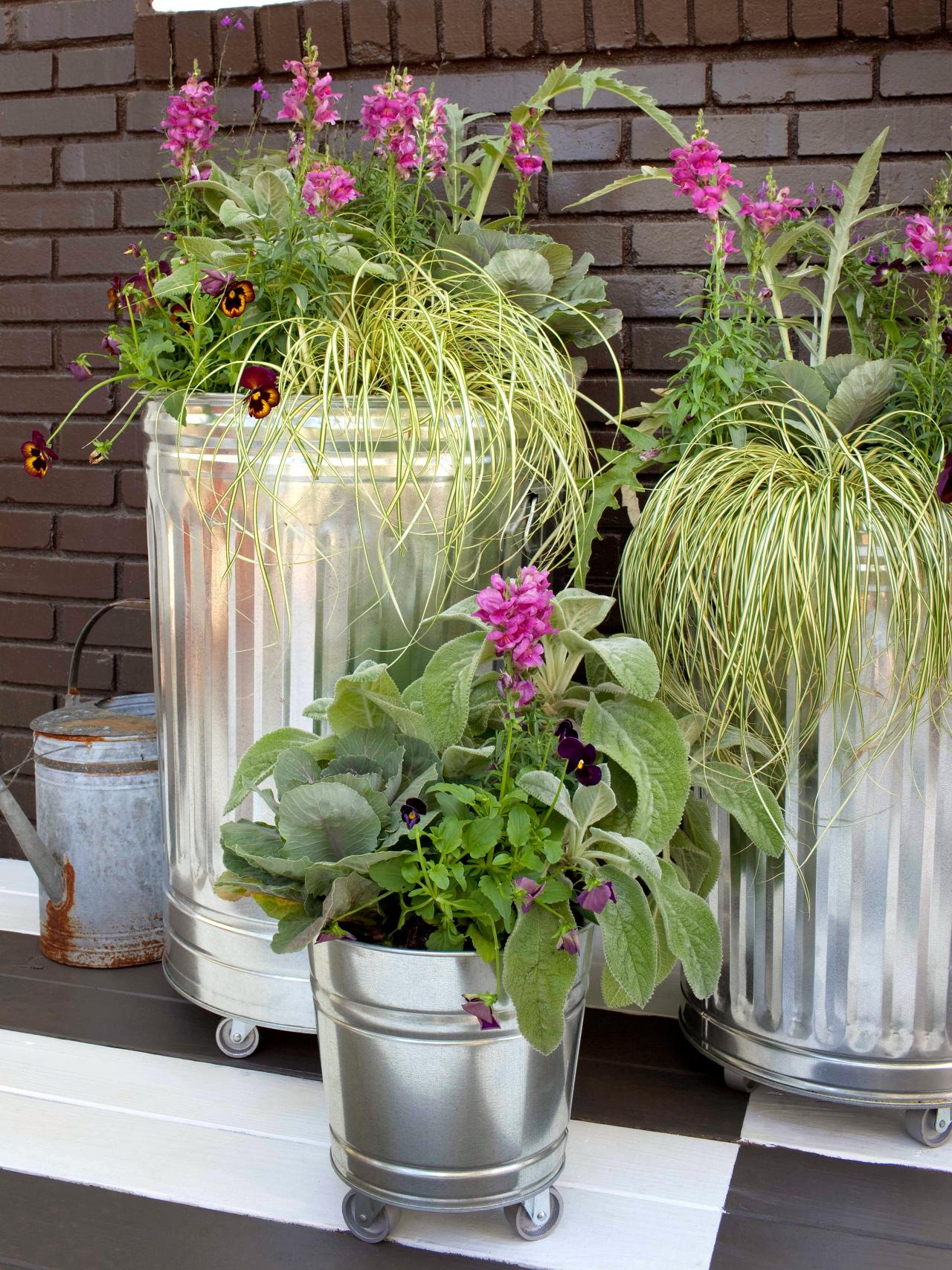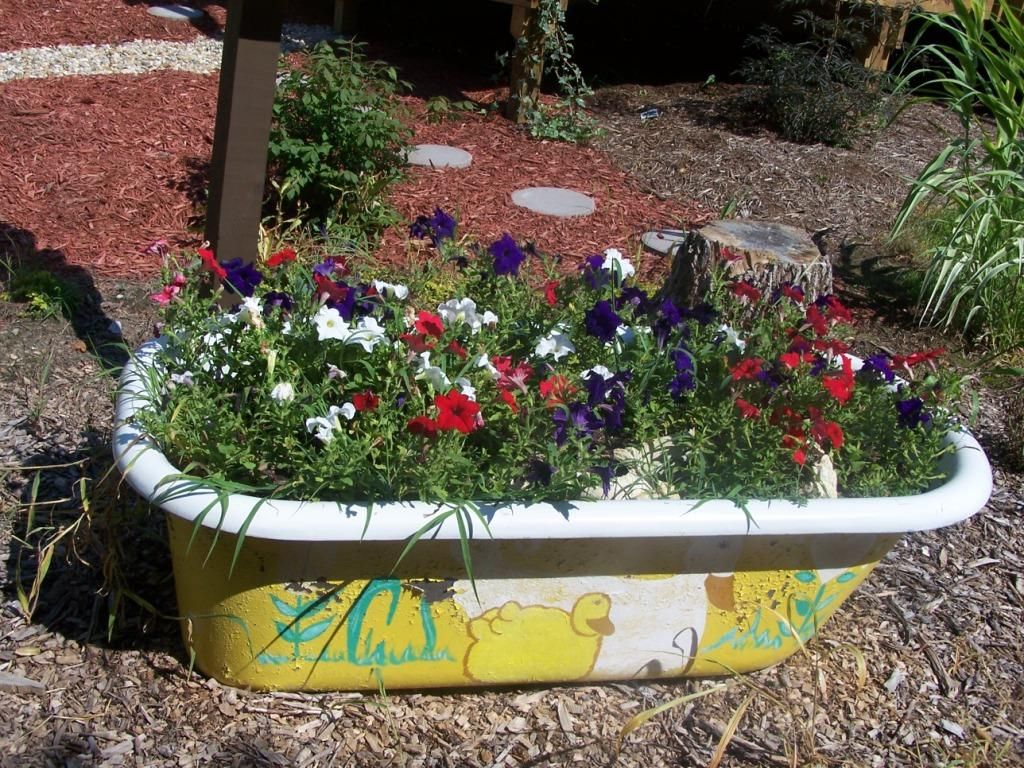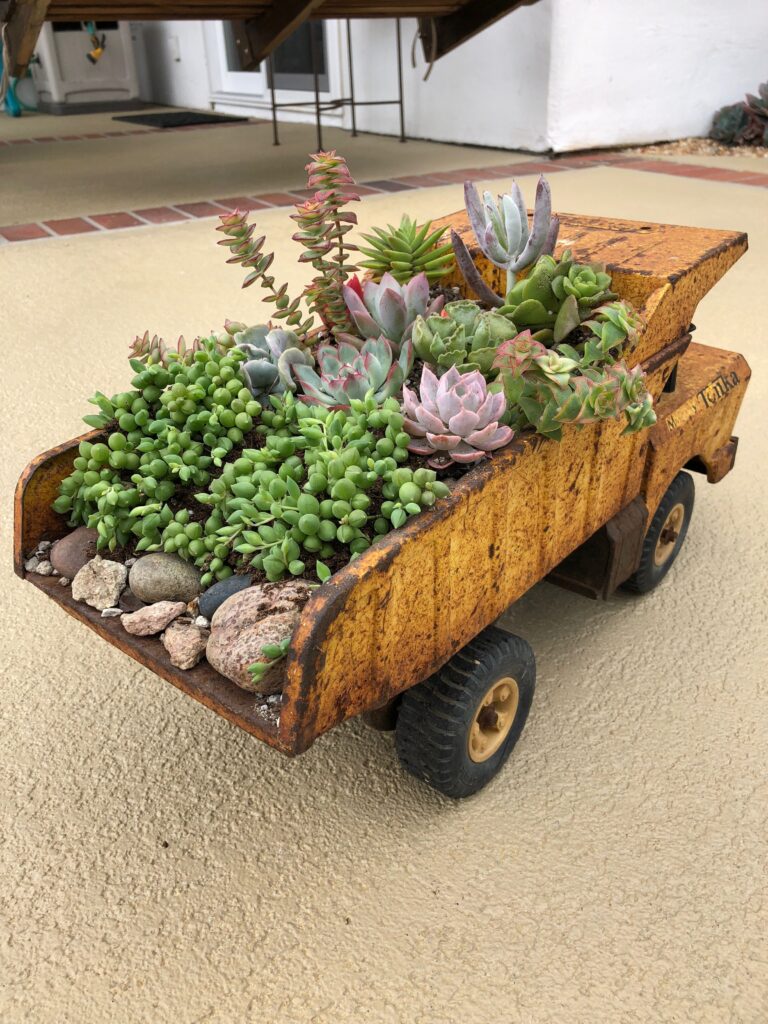Inheriting property can present a financial blessing or a challenge, depending on circumstances. Inheriting a house comes with its own set of complications and emotions. Whether the property is a beloved family home filled with memories stretching throughout decades or simply an unexpectedly gained asset, knowledge is critical. If the time comes to sell the inherited house, ensure the process is approached with proper guidance & understanding.
This article will explore the steps of inheriting a house and the financial implications of this significant life event. We will examine the considerations that need to be taken and provide you with the information you need to navigate the inheritance process smoothly.
Things to do When Inheriting Property
Inheriting a property can be extremely overwhelming, but there are several basic essential steps you can take to guide any individual through the inheritance process:
It’s vital to understand the legalities involved with inheriting property fully. First, start by getting familiar with the legal aspects of inheriting property based on the state. You must consult a licensed lawyer to understand your rights and responsibilities when inheriting a house.
- Assess the property’s condition and value: One of the first steps will be to evaluate the condition & value of the inherited house or property. Most individuals consider hiring an inspection company to identify issues, such as necessary repairs, through a detailed report.
- If there are multiple heirs, you need to determine ownership. Discuss ownership arrangements with other beneficiaries if numerous individuals are involved in the inheritance. You may need to negotiate how to divide up the percentage of ownership, especially if it’s not clearly stated in the will.
- Pay the taxes and other relevant expenses: Most inherited properties are not fully paid off, so it’s essential to understand the tax implications of inheriting property, including potential estate & property taxes. When inheriting a property, be prepared to cover expenses such as insurance, overall maintenance costs, and utilities.
- Decide what will be done with the home: The next step will be determining how you plan to use the inherited property. The options will be to move in, rent it out, or sell the home. Each possibility has unique perspectives, such as rental rates or the current real estate market conditions.
- Address Emotional Aspect: Most of the time, inherited properties can have sentimental value, so consider the emotional attachment before making permanent decisions. Have a precise level of communication with loved ones about their feelings and preferences regarding the property’s future to avoid any resentment or other issues.
- Seek professional guidance throughout the process: Feel free to seek professional advice from experts such as financial advisors, licensed real estate agents, or property managers. Professionals familiar with the inheritance process and steps can provide valuable insights and guidance personalized to your specific situation.
By following these steps and seeking support when necessary, you can effectively manage the process of inheriting a house or property and make the right decisions for a bright future.
Obstacles Involved with Inheriting a Home
Inheriting a house brings with it a unique set of challenges to navigate. One of the primary obstacles experienced is often emotional, as the property may hold sentimental value tied to memories throughout the years of loved ones and particular life events. This emotional attachment to the property can complicate decision-making processes, especially when determining whether to keep or sell the inherited house. Additionally, realistic concerns such as property maintenance, taxes, and legal responsibilities can present significant challenges, particularly for those unfamiliar with real estate management. Family dynamics and possible disagreements among beneficiaries may further confuse matters, leading to conflicts over ownership or plans for the property. Overall, inheriting a house requires careful consideration, communication, and often professional guidance to overcome these obstacles quickly and effectively.
How to Sell an Inherited Property
We truly understand that selling an inherited property can be difficult. However, with proper planning, it can be done fast and efficiently. First, gather all necessary documentation, including the will, death certificate, and any legal paperwork related to the inheritance. Then, assess the property’s value by talking to a real estate agent and getting an appraisal by a reputable company to understand the property’s worth. Before selling the home, consider any current mortgages, liens, taxes, or any other debts on the property that may need to be settled before the sale can be completed. Prepare the property for sale by addressing necessary repairs if you sell it the traditional route. Once ready, work with reputable real estate professionals with experience selling inherited properties. Realtors can help market the property effectively, negotiate potential offers, and guide you through closing on the inherited property. Keep communication open with other heirs or beneficiaries to ensure transparency throughout the home sale. Finally, once the sale is complete, the proceeds should be appropriately distributed according to the terms of the inheritance; most of the time, this is done through the title company providing the funds. Selling an inherited property requires patience and professional guidance, but it can be a smooth and successful real estate transaction with the correct approach.
Inheriting a House: Guidance is Key
Inheriting a house entails many legal, financial, and emotional considerations. It involves understanding the legal implications of the inheritance, including any taxes or debts associated with the property. Financial responsibilities such as maintenance costs, property taxes, and insurance premiums must be addressed before any other decisions. Emotionally, inheriting a house can induce memories and attachments. Negotiating with other heirs, managing family dynamics, and seeking advice from a real estate professional are essential aspects of the process. Ultimately, inheriting property presents both challenges and opportunities; if approached correctly, there are financial benefits,








